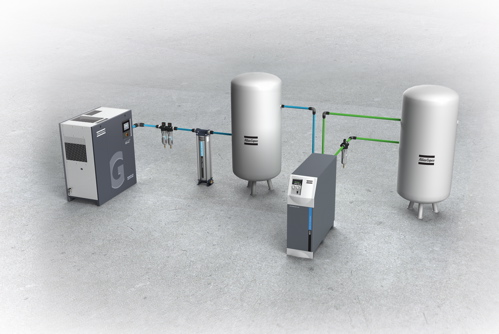The nitrogen generation system is a process that converts atmospheric nitrogen gas into usable nitrogen fertilizer. This system works by using an energy source to break down the nitrogen gas into its component parts, which are then used to create fertilizer.
The nitrogen generation system works by using bacteria to break down waste materials into nitrogen and carbon dioxide. The nitrogen is then used to create fertilizer, while the carbon dioxide is released into the atmosphere.

Image Source:- Google
The nitrogen generation system works by using an anoxic reactor to break down organic material. This organic material is then converted into nitrogen gas and water. The nitrogen gas is then used to create Nitrogen fertilizer.
Nitrogen is an essential element for plant growth. The nitrogen generation system helps plants obtain the nitrogen they need by breaking down organic matter. This process creates a nutrient-rich water solution that can be used to water plants.
The nitrogen generation system works by using an air-cooled ammonia plant to produce nitrogen gas. This gas is then used in various industrial processes, most notably the production of fertilizers and plastics.
The air-cooled ammonia plant uses a series of Clausen cycle engines to create steam and ammonia. The steam is then used to spin the turbines that create the power needed to run the plant. The Ammonia is then condensed and used to make nitrogen gas.
Nitrogen is an essential element for plant growth, and without it, plants will not be able to photosynthesize and produce food. Nitrogen is typically obtained from the air, but this process is not always reliable.